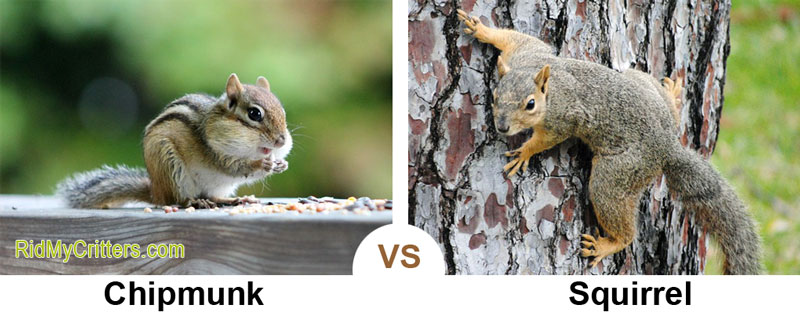
During burrow excavation, soil is carried away from the entrance in cheek pouches used to carry food. From the entrance, the burrow plunges straight down for a few inches and then descends more gradually until it levels out at a depth of about three feet. They are often located under a rotten log, stump or rock. Burrow entrances are neat round holes, usually two inches or less in diameter. When not occupied with food-gathering or territorial defense, chipmunks sleep in their underground burrows. Much time is spent in late summer and fall gathering and storing nuts and other seeds for the winter. On occasion, they eat food on the spot, often at a favorite stump or rock which becomes littered with broken nut shells and fruit seeds. These pouches are used when caching (to conceal or hide for future use) food for winter consumption and are emptied by squeezing them with their front feet. Chipmunks have specially adapted internal cheek pouches which allow them to carry large amounts of food at one time. Animal food consists of insects, worms, salamanders and occasionally star-nosed moles, young mice, small songbirds and frogs. Sometimes mushrooms, sunflower seeds, watermelon, apples and squash are also eaten. Acorns, beechnuts, seeds of woody plants, berries of American Yew, ragweed, wintergreen, Canada mayflower, clover and wild buckwheat are among the major plant foods consumed. You have probably heard the chipmunk’s loud “chuck, chuck, chuck” call.Ĭhipmunks are omnivorous, feeding on plant and animal material. Their defense is more vocal than violent. These rodents are highly aggressive toward intruders, and readily defend the immediate area around their den entrance. Excessive heat and inclement weather will hamper normal activities. Most activity, however, takes place during the cooler hours of the morning and afternoon. They are frequently seen in parks and around gardens and lawns.Ĭhipmunks seem more common than other members of the rodent order because they are diurnal (active during the day). In open stands with little or no cover, chipmunks are most often found on rocky hillsides and living in crevices of stone walls. The front teeth are chisel-shaped, a characteristic of all rodents.Ĭhipmunks inhabit deciduous (hardwood) forests where there is a thick vegetative understory and old logs or stone ledges. Their front feet are adapted for holding and eating food while sitting upright. Both sexes are alike in color and size, being 8 1/2 to 9 1/2 inches long and weighing 2 1/2 to 4 ounces. The flattened tail is well-haired, blackish above, rust below, and fringed in white or gray.

The ears are short, rounded and held erect. Five black lines stripe the back: two on each side, separated by a white or buff band which contains the fifth black stripe down the middle of the back. Two white stripes, one above and one below the eye, adorn the short, round head. Chipmunks have characteristic markings that make them easy to distinguish from other members of the squirrel family.

They are common from Quebec south to Florida and west to Louisiana and North Dakota. Chipmunks are small ground dwelling rodents.


 0 kommentar(er)
0 kommentar(er)
